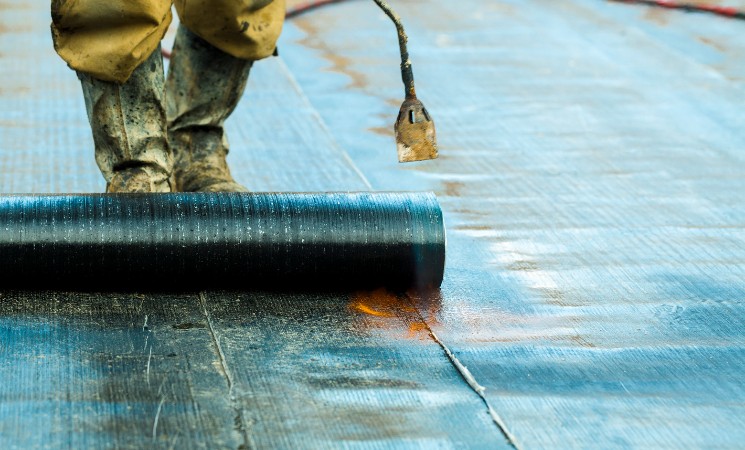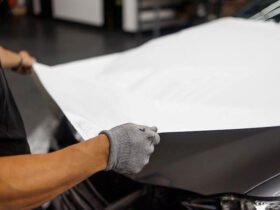Ensuring the durability and integrity of a building is a primary concern for property owners, managers, and engineering teams alike. Among various maintenance strategies, remedial waterproofing stands out as a critical component for protecting structures from water damage. It is not only essential for preserving the structural integrity but also for safeguarding the health of the occupants and the value of the property.
Understanding the Importance of Remedial Waterproofing
Water ingress can have a detrimental effect on buildings, causing damage to materials, encouraging the growth of mould, and leading to potential health risks. Remedial waterproofing processes address any failures in the existing waterproofing systems by repairing and improving the barriers that protect the building from moisture penetration.
The Role of a Comprehensive Waterproofing Scheme
Implementing a comprehensive waterproofing scheme is imperative for the proactive maintenance of buildings. A thorough waterproofing strategy covers various components of the structure, tackling potential points of water entry such as roofs, walls, foundations, and other critical junctions.
Diagnostic Procedures – The Foundation of Effective Waterproofing
Before any remedial actions are taken, it is crucial to diagnose the cause of water ingress. This often involves a combination of visual inspections, moisture readings, and sometimes more advanced diagnostic tools to accurately pinpoint the source of the problem.
Professional Assessment – The Key to Lasting Solutions
Professional assessments carried out by experienced engineers serve to understand the failure’s extent and severity. They are invaluable in proposing lasting waterproofing solutions that would effectively address and prevent future issues.
Choosing the Right Waterproofing Materials
Selecting the right materials for waterproofing is just as important as identifying the problem areas. The choice of materials will depend on various factors, including the type of building, the specific waterproofing failure, environmental conditions, and the desired longevity of the repair.
Implementing Tailored Waterproofing Systems
For a waterproofing system to be effective, it must be tailored to the building’s specific needs. Standard solutions may not always address the unique challenges presented by different structures, which is why a custom approach is often required.
Surface Preparation – Ensuring Sound Adhesion
Successful remedial waterproofing starts with thorough surface preparation. Cleaning, repairing cracks, and providing a sound surface are vital to ensure that the waterproofing materials adhere properly and provide a continuous barrier against water entry.
Application Techniques – Maximising Effectiveness
The methods used to apply waterproofing materials play a significant role in the effectiveness of the treatment. Properly trained technicians using the correct techniques ensure that the application is comprehensive and void of any gaps or weaknesses.
Regular Maintenance – Extending the Life of Waterproofing Systems
Regular maintenance and inspections are essential to preserve the integrity of the waterproofing system’s performance over time. This approach can help in detecting early signs of wear and tear or damage, allowing for prompt interventions.
Mitigating Environmental Factors
External environmental factors, such as UV radiation, temperature fluctuations, and pollution, can degrade waterproofing materials. Identifying and mitigating these factors are part of a strategic approach to remediation.
Emergency Repairs – Responding to Acute Water Problems
In cases of acute water problems, immediate waterproofing repairs may be necessary to prevent further damage. Speedy yet effective solutions should be employed to tackle such emergency situations.
Warranties and Quality Assurances
Utilising waterproofing services that offer warranties and quality assurances is a prudent choice. This not only guarantees the workmanship but also instils confidence in the longevity of the waterproofing system.
Training and Certification – Upholding Standards
Having a team that is well-trained and holds relevant certifications ensures high standards in waterproofing applications. It is a testament to the commitment to quality and effectiveness in remedial waterproofing procedures.
Conclusion – Safeguarding Building Integrity
In conclusion, remedial waterproofing is an indispensable strategy for maintaining the structural integrity of buildings. Through diligent diagnosis, selection of appropriate materials, tailored application methods, regular maintenance, and professional expertise, property owners can effectively protect their investments from water-related damage. By embracing the best practices in waterproofing remediation, the longevity and soundness of structures can be substantially enhanced, reaffirming the vital role of this process in building maintenance.












